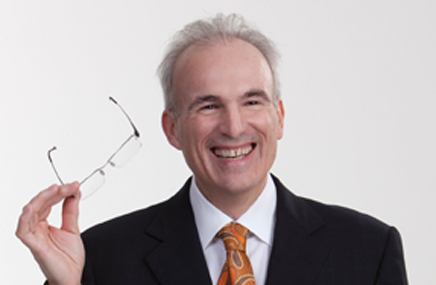LehmanMillet broadened its historical focus on D&D in 2009 to include all companies that “seek to change the standard of healthcare,” a move that has paid off for the Boston-headquartered firm. President and CEO Bruce Lehman reports a 12% revenue increase (in the $15 million to $20 million range). “After the quietness of 2009 and the slow rebound of 2010, it was very refreshing to have such a great year,” he says.
The agency retained all AOR accounts in 2011. Relationships began with quite a few new clients, including Auxilium Pharma (AOR for Xiaflex), Genentech (project work on AMD treatment Lucentis), Foundation Medicine (AOR) and Vifor Fresenius Medical Care Renal Pharma (project work).
Xiaflex is an injectable currently marketed to hand surgeons for treatment of Dupuytren’s contractur, which was previously only treated with surgery. It’s a great example of a standard-of-care-changing product.

“It’s great for the patient, and it presents a unique set of challenges in getting physicians to change their behavior,” Lehman says. “The win is a reaffirmation that our new positioning is compelling and relevant. It really hits our sweet spot.”
This year Axilium awarded AOR status for an additional indication (Peyronie’s disease).
Several key existing accounts were converted to AOR, including Ariad’s Ponatinib (oncology) and Conceptus’ Essure (nonsurgical permanent birth control), which expanded from digital work awarded in 2009 to AOR for the entire professional, consumer and digital business in 2011.
Overall, about one third of the agency’s work is digital, but Lehman says, “It’s woven into the fabric of everything we do.”
Other wins included project work on Meda Pharmaceuticals’ Prefera (prenatal vitamin), which has since grown into AOR status, and additional project work for Vermillion.
Thoratec’s HeartMate II was pitched and won, but Lehman says a mutual parting of ways followed based on irreconcilable differences.
PixelOptics’ emPower progressive electronic lenses, which Lehman calls “unique,” were introduced at CES and Vision Expo East last year.
Headcount is about 81 now. The agency’s 39 California employees moved to a Santa Ana office last year that’s about twice as big as the old Irvine space. Lehman notes recruiting talent is a perennial challenge.
Joining last year were Kelly Lupton, management supervisor; Tiffany Prizio, account supervisor; Dan Broslovsky, senior medical editor; and Mitch Nini, senior copywriter.
Overall transformation of the healthcare industry is the biggest challenge Lehman sees ahead for both clients and agencies.
“As we continue to see the rise in personalized medicine, targeted therapies and combination products, the opportunities for products become smaller,” he explains. “It leads to a question about how long huge pharma companies can sustain growth in a traditional model. They need to look at becoming home to a number of smaller targeted entities. On the agency side, it’s increasingly difficult for really large agencies. My guess is they’ll continue to split into smaller firms within the large agency. The challenge is to remain large enough to bring the appropriate breadth and depth of expertise to your client to drive adoption of innovation of new products, yet small enough that you can remain nimble, relevant and economically viable. This is a good place for an agency like LehmanMillet.”
From the July 01, 2012 Issue of MM+M - Medical Marketing and Media








